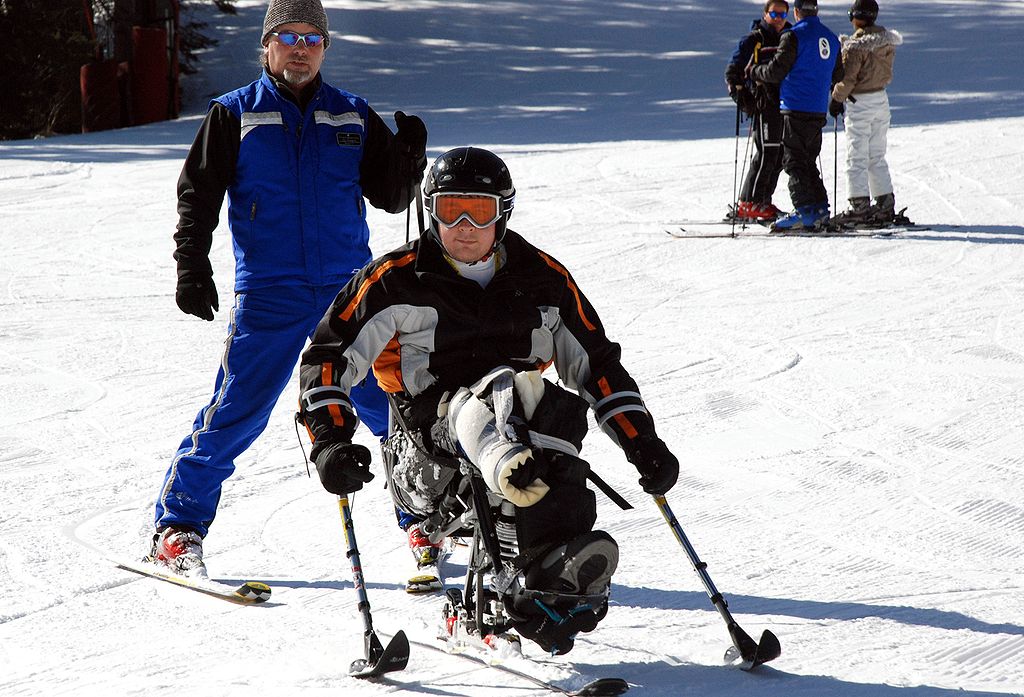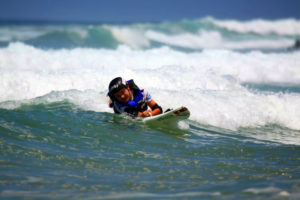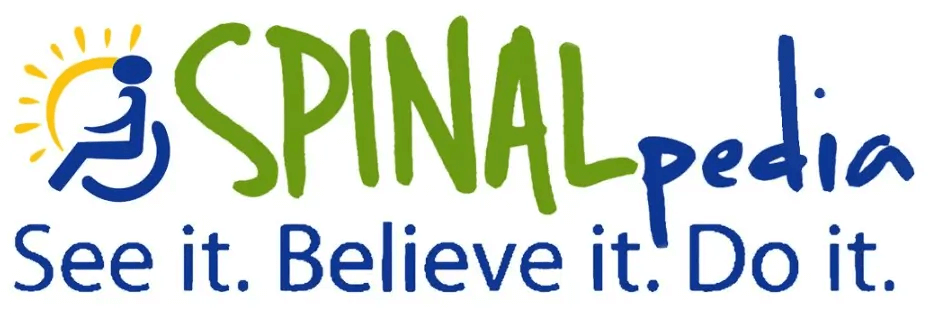 Despite their limited physical sensation and movement, many people with paralysis partake in extreme sports. Not being able to walk, along with having lesser mobility in general, can weigh one down psychologically, which makes sense why so many people with spinal cord injuries are interested in extreme sports or anything that gives them an adrenaline rush. There are many extreme sports that have been adapted for people with disabilities across the country. Below is a list of the most popular adaptive sports nationwide.
Despite their limited physical sensation and movement, many people with paralysis partake in extreme sports. Not being able to walk, along with having lesser mobility in general, can weigh one down psychologically, which makes sense why so many people with spinal cord injuries are interested in extreme sports or anything that gives them an adrenaline rush. There are many extreme sports that have been adapted for people with disabilities across the country. Below is a list of the most popular adaptive sports nationwide.
– Adaptive Mountain Biking: If you love the mountains and bicycling, adaptive mountain biking is for you. Adaptive bicycles have four wheels, and these bikes can be used by paraplegics and high-level quadriplegics alike. No physical strength is required for this activity; instead of utilizing muscle strength, these adaptive bikes utilize gravity to bring the bicyclist downhill at high speeds. There are several accessible mountain biking programs around the world. Click here to find places to try the sport: https://www.disabledsportsusa.org/?s=mountain+biking&post_type=chapter. Learn more about adaptive mountain biking here: https://breaktheboundary.com.au/resources/what-is-adaptive-mountain-biking/
– Sit-Skiing: Another sport that uses gravity instead of muscle strength is adaptive skiing (also known as sit-skiing). There are programs across the country that offer people with paralysis opportunities to try this adaptive sport. Mountains are not required, but high hills are. Bucketed seats are fused to snow skis, giving people with spinal cord injuries an opportunity to ski. Some paraplegics are able to transfer themselves, along with their ski, onto ski lifts. Usually, however, volunteers are needed to help people with paralysis fully ski on the slopes. Quadriplegics with no arm movement can also ski. Find a program near you: https://adaptiveskiing.net/clubs/alpine-skiing. Learn more about adaptive skiing here: http://www.sitski.com/whatisit.htm
– Adaptive Water Skiing: If you love the water, adaptive water skiing is the sport for you. This high adrenaline sport uses speed and skis to help people with spinal cord injuries fly across the water. Adaptive water skiing programs can be found on lakes and oceans across the country. Even people with high levels of quadriplegia can take part in adaptive water skiing thanks to extra straps and volunteers. Learn more about the sport here: http://www.sitski.com/whatisit.htm
– WCMX: Also known as wheelchair skateboarding, WCMX is one of the newest and most popular extreme adaptive sports. If you used to enjoy skateboarding before your injury, this may be the sport for you. This sport does require the ability to push your wheelchair, and most people involved are paraplegics since many tricks and stunts require arm movement. WCMX participants typically do their tricks at normal skate parks. Learn more about the sport here: https://www.facebook.com/wcmotocross/
– Adaptive Surfing: Offered at beaches all around the country thanks to the nonprofit Life Rolls On, people with spinal cord injuries are able to surf on their stomachs using special surfboards. Some accessible surfboards have motors to ensure movement in the water. Many volunteers are needed to make adaptive surfing possible for people with paralysis. Learn more about adaptive surfing here: https://www.disabledsportsusa.org/sport/surfing/

– Adaptive Skydiving: In terms of an adrenaline rush, you can’t get much more extreme than skydiving. Many skydiving programs across the country have helped people with spinal cord injuries soar through the air without their wheelchair. Whether you are a quadriplegic or paraplegic, skydiving is possible for you to try. Although skydiving may be more difficult for people with minimal arm movement and those who use ventilators, people with almost all levels of spinal cord injuries can skydive. Learn more here: https://spinalpedia.com/blog/2017/07/adaptive-skydiving-adrenaline-fueled-fun/
– Adaptive Paragliding: If you love being up in the air but don’t want the quick fall of skydiving, look no further than adaptive paragliding. This sport takes advantage of high vantage points, usually by placing the paraglider near a cliff and taking off from there. Paragliders are very quiet and stealthy machines that many people with spinal cord injuries love to experience. Learn more about adaptive paragliding: http://www.projectairtime.org/
– Adaptive Zip Lining: Another sport that is not for people who are afraid of heights is adaptive zip lining. Elevated lines that you harness yourself onto and glide down, accessible zip lines have been growing in popularity all around the world. Learn more: http://www.projectairtime.org/
– Adaptive River Rafting: Adaptive river rafting is one of the most high adrenaline, high energy sports out there. This sport is great for people who like adrenaline rushes, but don’t enjoy heights. In adaptive river rafting, special seats, chest wraps, and life jackets are utilized to help people with paralysis sit safely in the raft. Accessible river rafting can be found at rivers all over the country. Learn more here: https://www.disabledsportsusa.org/sport/rafting
– Adaptive Rock Climbing: For a full adaptive body workout, you can’t get any more intense than adaptive rock climbing. There are several indoor climbing gyms across the country that offer adaptive programs. A variety of adaptive equipment is used to help people with all levels of paralysis climb. For people with severe paralysis, a special climbing chair is available to help the climber scale the climbing wall or mountain. There is also a special harness system used to help climbers with paralysis stay upright while climbing. Learn more about the sport here: https://www.disabledsportsusa.org/sport/rock-climbing/– Wath: WCMX No Excuses Throwdown https://spinalpedia.com/video/a74yZ3roRbK


 Older Posts
Older Posts







